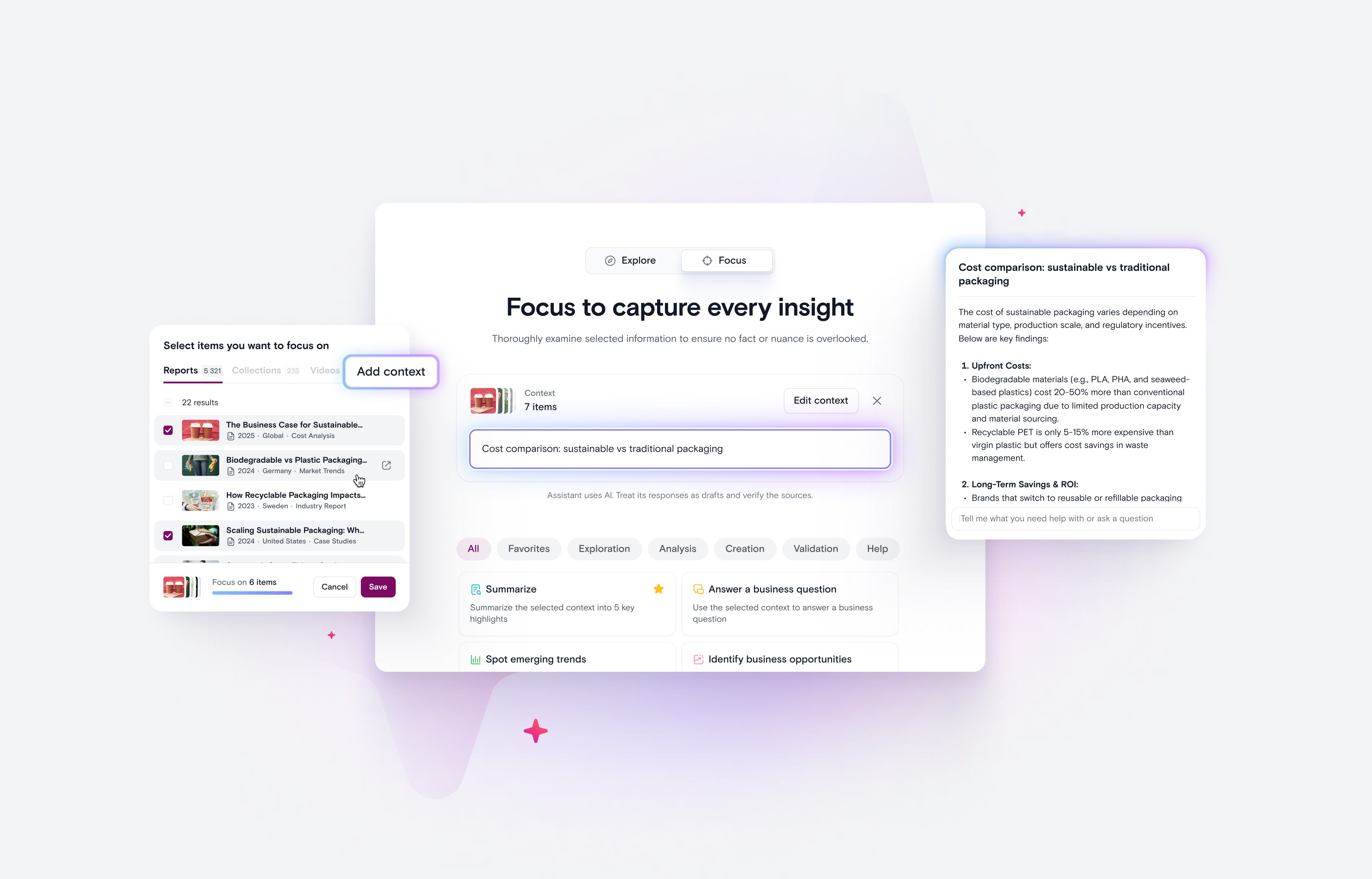The Difference Between Consumer and Customer Centricity

Ernest Hemingway said, “Never mistake motion for action.”
In today’s consumer-facing industries, there is a lot of motion. New products, new solutions, new campaigns, new packaging. Seemingly every day there is something new being marketed and sold to consumers. But that isn’t the same as truly being designed for them, to help them solve problems or to better meet their needs.
An overwhelming majority of these initiatives are just motion, rather than meaningful, consumer-centric action. Many companies talk about being consumer-centric, while only engaging with the concept superficially.
So what do we actually mean when we say consumer-centric?
Let’s start with the easier part first: “-centric.” The Cambridge Dictionary defines the -centric suffix as “having the stated thing as your main interest”. So then when we say “consumer-centric”, we’re talking about having the consumer as the main interest. But what exactly does that mean?
Consumer vs. Customer
On its broadest level, a consumer can be defined as someone who buys goods or services for personal use. This is the sense of consumer that we see used in terms like “fast-moving consumer goods”, “consumer packaged goods”, “B2C”, or “D2C”. This use of consumer seeks to differentiate the personal from the commercial.
And then, of course, within that broad idea of consumer you can drill down further. You can think about who is the customer and who is the consumer. If you think about the literal definitions, the customer is the one who makes the purchase decision, and the consumer is the one who actually uses it.
In some scenarios, a person can be both. They can decide to purchase a product and be the one who uses it. But in other scenarios, they might be separate individuals. For example, if the buying decision is made by a parent, but the product is used by their child or family.
Now before we go any further; I'm not looking to create definitions just for the sake of creating them. But in order to turn consumer-centric philosophy into practical action, it’s important to take a moment to think deeply about what these terms actually mean.
When we introduce the term customer, a key distinction is highlighted: The element of choice. A customer has chosen you, and this is ultimately what matters for the success of your business.
And that’s precisely why we at Stravito believe that “customer centricity” is simply too narrow in scope for a consumer-facing business. While it is certainly an important part of maintaining market share, in the case of low-commitment consumer goods, the decision often needs to be made again all too soon.
We believe that consumer centricity is a more all-encompassing term. It doesn’t take for granted that just because someone became a customer once, they’ll do it again. Instead, it appreciates that the status of “customer” is a temporary one, especially for FMCG companies, and it facilitates the creation of opportunity by shifting focus to an ever-evolving pool of potential customers.
With that in mind, we propose these two definitions:
| Customer centricity | Making business decisions centered around the needs and wants of consumers who have already purchased your product |
| Consumer centricity | Making business decisions centered around the needs and wants of all consumers (both users and choosers) who could potentially purchase your product (for the first time or as a repeat purchase) |
So, is consumer centricity more important?
The short answer: You likely need a bit of both. Depending on circumstance, it can make sense strategically to focus on maintaining existing customers (in which case, a more narrow, customer-centric approach is appropriate).
But in the long term, consumer-facing companies cannot rely on maintaining existing customers alone. Instead, they need to continually improve and reinvent themselves to gain new customers, while also maintaining market share.
And as I touched on before, sometimes you need to break down consumer centricity even further to identify who is making the buying decision and who is using the product. In the event where these roles are played by 2 more or people, you need to ensure that the questions you ask and the decisions you make serve all of these actors.
But even when breaking down the consumer identity this way, it’s essential to remember the ephemeral nature of “customer” status.
Related Content

The Role of AI in Decision-Making: Smarter Insights or Faster Mistakes?
Thor Olof Philogène Apr 3, 2025

To Maximize the Value of Your Research, Start with Knowledge Management
Sarah Wiggins Mar 27, 2025

Stravito Enhances GenAI Assistant to Accelerate Time-to-Insight
Charlotte Hilton Mar 20, 2025